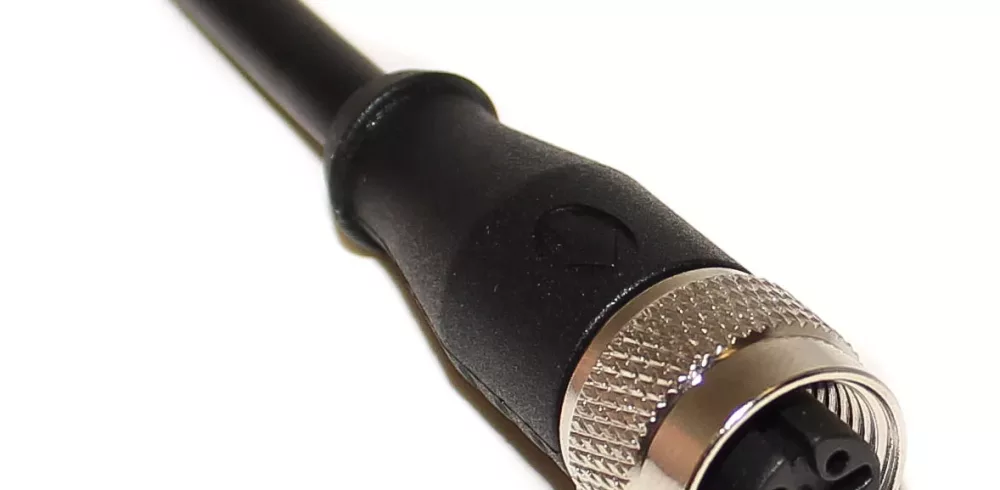Instrumentation cables are designed to allow the control room to communicate with other devices in a remote setting, within a factory environment. They run from the control room to the plant in various types of cables into a junction box. From the junction box the cables will typically run in single pairs to field measuring and/or actuating devices.
There are typically three types of instrumentation cables:
- Low-level signals, below 5V, which generally include wire types that compensate leads and leads elements of resistance.
- High-level signals, between 5V-60V, that include digital signals, alarm signals and high-level analogue signals.
- Instrument power supplies, usually above 50V.
When choosing which cables to specify you should always;
- Avoid areas where any potential spillage is likely to take place.
- Avoid any potential hot environments and/or fire hazards.
- Avoid causing any obstruction, limiting access to personnel or general traffic.
- Avoid areas where potential exists for escaping vapours or gases.
- Avoid interfering with accessibility and not hamper maintenance access.
- Ensure the cables are kept as short as possible.
When considering how to divide your instrumentation cables ensure that only signals of the same type are contained within a multicore cable. The cables should be separated into groups according to the signal level and segregated with ample spacing between cables.
Generally speaking, low-level signals with high-level signal cables in between should be installed furthest from instrumentation power supply cable. Cables used for high-integrity systems such as emergency shutdown systems or data transmission should be completely independent from other cables. Instrumentation cables should be operated without electrical power cables and avoid noise generating equipment as much as possible. Cable crossings should always be done at right angles.
These are some basic best practices to consider when planning your instrumentation cable routing and your plant floor layout. It is best to consider these items in the planning stage rather than learning the hard way once implementation has already taken place.
Mueller Electric offers a wide range of M12 and M8 factory automation cables, you can view our range by visiting our on-line catalogue. If you don’t see what you need or you have bespoke requirements please get in touch, we have developed and manufactured new solutions for a wide range of applications and industries.
Manufacturing & Engineering Magazine | The Home of Manufacturing Industry News














